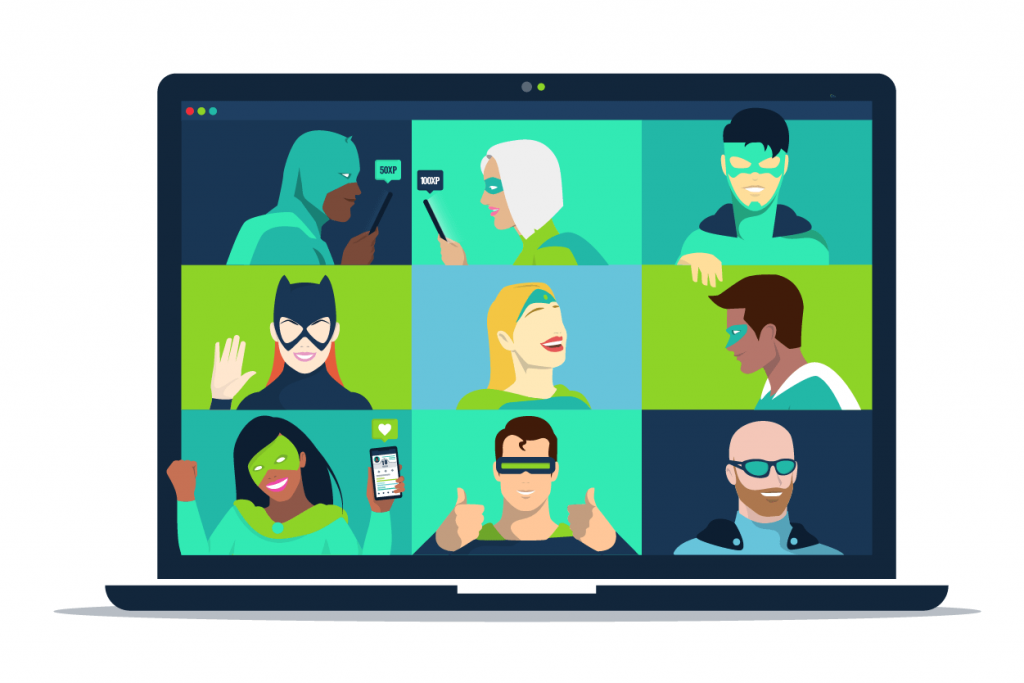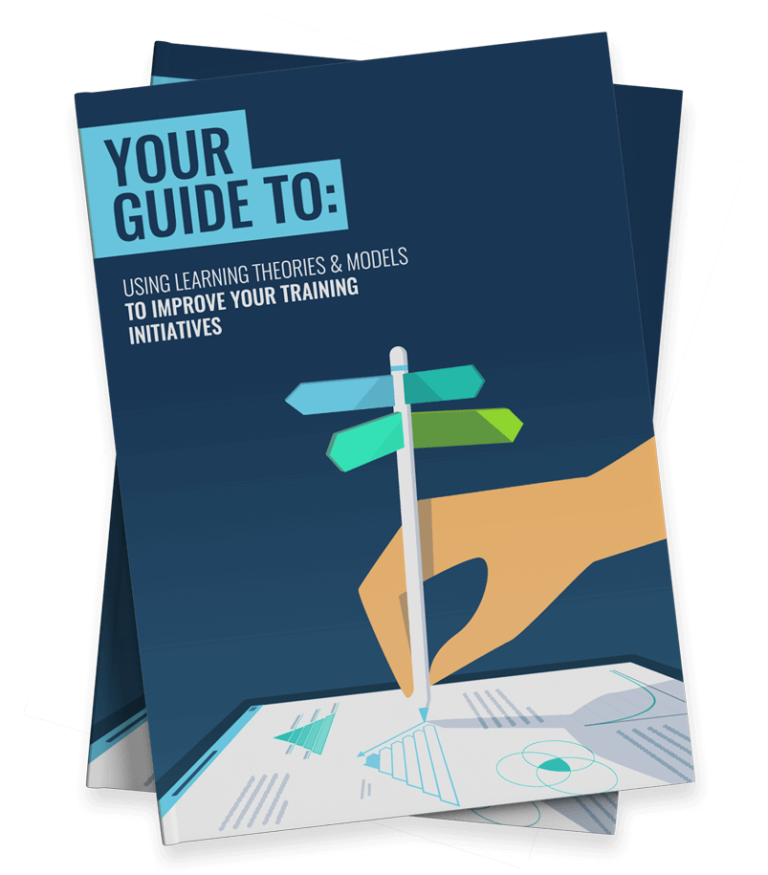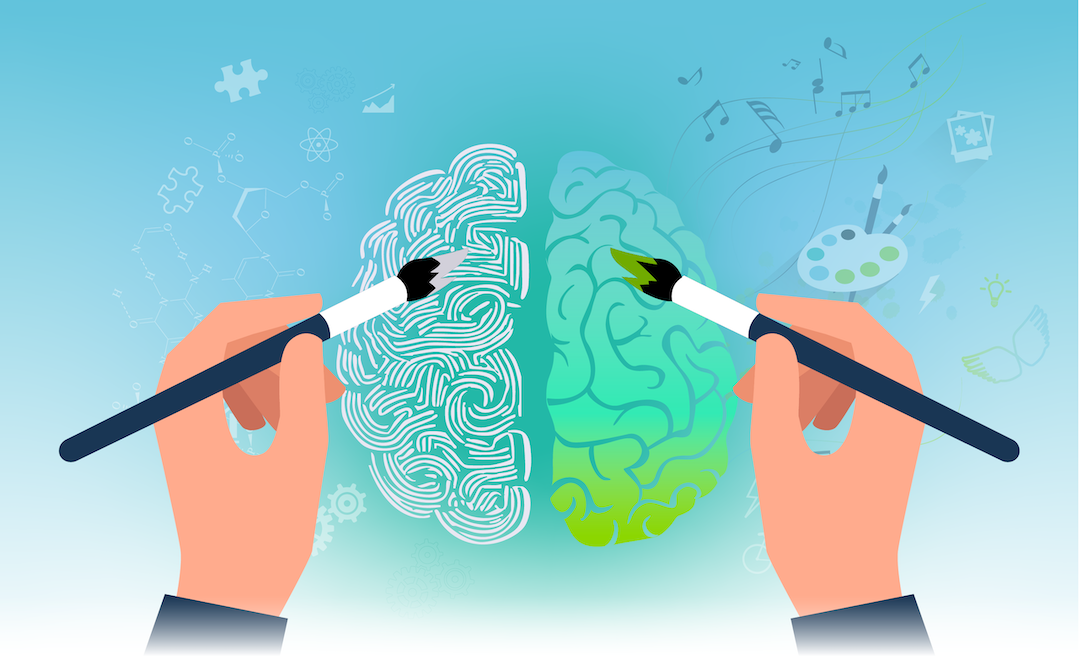
The digital age has fundamentally transformed the way we access and process information. Connectivism, a learning theory that emphasizes the importance of networks and connections, offers a valuable framework for understanding this new learning landscape.
While foundational theories like behaviorism, cognitivism and constructivism offer worthwhile learning insights, they emerged in an era before the explosion of digital learning. As a result, they don’t fully capture the complexities of learning in the modern age.
Internet technologies such as web browsers, search engines, wikis, discussion forums, and learning management systems have opened up new learning avenues. Actionable knowledge can now exist outside of ourselves, within these nodes and networks. To access this information, we simply need to forge the right connections.
As researcher Al Dahdouh puts it, ‘It does not make sense to consider learning as an internal construction of knowledge. Rather what learners can reach in the external network should be considered as learning’.
This article explores the origins and core principles of connectivism, and its alignment with the online learning landscape. We’ll also discover it’s strengths, limitations, and practical application tips. Let’s get connected!
What is Connectivism Learning Theory?
Connectivism learning theory is a relatively new approach to understanding learning in the digital age. It emphasizes the importance of connections and networks in the learning process.
On January 1st, 1983, the internet officially burst into life, marking a pivotal moment in our relationship with technology and information. Since then, we’ve witnessed a transformation in how we interact with both, forever changing the way we connect and learn.
For instance, back in the day, who could have imagined carrying a pocket-sized device that connects you globally and is capable of answering any question instantly?

This grand interconnected tapestry of information helped to give rise to connectivism learning theory. The theory was first introduced in 2004 by educational technologists, George Siemens and Stephen Downes. Stephen Downes describes connectivism as:
‘The thesis that knowledge is distributed across a network of connections, and therefore that learning consists of the ability to construct and traverse those networks.’
Connectivism Learning Theory: How Do We Learn?
Connectivism takes the view that knowledge resides outside of us, within a vast network of information and connections. Learning happens when we make connections between ‘nodes’, which can be ideas, people or resources.
These connections are constantly changing and evolving, so it’s up to us to use our critical thinking skills to navigate all the information available and identify reliable sources. This truly is a learning theory for the fake news era.
This means that ‘know-where’ (knowing where to find information) is just as important as ‘know-how’ (knowing the information). It’s the size of your network that matters, not how much you currently know.
Similar to theories like constructivism or humanism, connectivist learning theory puts the learner in the driving seat. Connectivism also has links to social learning theory, which suggests that we build our knowledge through ‘the active process of learning from our observations and interactions with others.’
As a result, the better connected we are, the easier it is for us to build our knowledge. Here, we see the adage ‘you are who you surround yourself with’ playing out in real-time. This is also similar to the idea of a ‘More Knowledgeable Other’ within Lev Vygotsky’s Zone of Proximal Development.
The principles of connectivism directly influenced the creation of the first Massive Open Online Course (MOOC), offered by the University of Manitoba in 2008. This landmark course, titled ‘Connectivism and Knowledge Networked Learning‘, became a living example of the theory itself.
Connectivism learning theory is based on eight core principles. Let’s run through them.
The 8 Principles of Connectivism Learning Theory

Connectivism’s eight core principles, established by George Siemens, provide a framework for understanding learning in today’s connected world. We’ve listed these principles below (in bold text), alongside some additional commentary.
- Learning and knowledge rests in diversity of opinions. It’s vital that you consider more than just your perspective when learning. Other people will have fresh insights, alternative methods and extra information to share. Don’t be afraid to think outside the box.
- Learning is a process of connecting specialized nodes or information sources. To learn, you need to draw from other sources in a continuous process. This is true whether it’s Google, a dusty old manual, or your colleagues. In fact, you’re also a node that other people will learn from!
- Learning may reside in non-human appliances. Technological advancements have opened doors to a new frontier of learning. Digital platforms allow us to store and access information in a variety of convenient formats. Similar to how adult learning is different from learning as a child, learning online is different from traditional classroom-based learning
- Capacity to know more is more critical than what is currently known. In other words, a curious mind and the pursuit of knowledge are more valuable assets than a fixed pool of information. As Siemens puts it: “the pipe is more important than the content within the pipe. Our ability to learn what we need for tomorrow is more important than what we know today.”
- Nurturing and maintaining connections is needed to facilitate continual learning. You need to encourage learning for it to be effective. This is especially true when learning in a digital age, where it can be harder to keep those connections alive.
- Ability to see connections between fields, ideas, and concepts is a core skill. The ability to synthesize information and employ critical thinking skills to identify reliable sources is a key component of connectivism learning theory. This allows you to weave a tapestry of knowledge.
- Currency (accurate, up-to-date knowledge) is the intent of all connectivist learning activities. Within a connectivist framework, knowledge is a currency. This is similar to the concept of intellectual capital, which is the collective knowledge and expertise of an organisation’s employees. Maximising this currency and investing in lifelong learning should be your ultimate goal.
- Decision-making is itself a learning process. Choosing what to learn and the meaning of incoming information is seen through the lens of a shifting reality. While there is a right answer now, it may be wrong tomorrow due to alterations in the information climate affecting the decision. In a world where information is constantly in flux, embracing the idea that knowledge is fluid is essential. As new discoveries emerge, it’s important that you continuously refresh your knowledge base.
This raises a question. How do these principles and connectivism learning theory as a whole help with your online learning initiatives?
Online Learning and Connectivism Learning Theory
A Place to Connect Knowledge

As we’ve seen from the third principle, connectivism learning theory and online learning are closely related. In fact, it’s these digital learning experiences that gave rise to the theory in the first place.
One of the appliances that learning can reside in is a learning management system (LMS). Indeed, on Growth Engineering LMS, you have the ability to create your own ecosystem for learning. Key features for this include:
1. The Library
Learners have access to a huge library filled with a variety of resources. As an admin, you can upload and share content whenever you want. This is even easier with Growth Engineering Authoring Tool. After all, you can create courses, quizzes and learning games in no time.
2. Experts Area
Subject matter experts (SMEs) convene in the Experts Area to act as your very own keepers of knowledge. Learners can then head here to ask questions or find answers.
And that’s a great thing. Did you know sharing knowledge collectively saves Fortune 500 companies $31.5 billion each year?
3. Fast Feedback
An LMS allows you to make use of options like live chat and social feeds which means you can provide feedback in real time to your learners. Feedback can also come in the form of gamified features such as badges, experience points and progress bars.
Companies that regularly implement employee feedback experience 14.9% lower turnover rates.
Increased Connectivity (duh!) and Collaboration

Thanks to technology, we’re able to learn and connect in real time with people all around the world.
Before this, if we wanted to learn, we’d need to go to the library, take out a book and handwrite notes. While writing notes is still a perfectly viable way to retain knowledge, the rest of the information landscape has undergone a digital revolution.
Ultimately, what we learn with, how we learn and where we learn has drastically changed. Connectivism emphasizes learning through diverse information networks, making online learning environments a natural fit.
The modern learner can learn from anywhere, anytime. What’s more, this is made even easier by mobile solutions like Growth Engineering Learning App. By transforming a learning system into an app, it allows you to carry the power of learning in your pocket at all times.
Did you know that mobile learning can cause an increase in productivity and lead to 45% faster course completion rates than on a desktop?
Better Connections with Others

37% of employees think that formal training is essential. Meanwhile, 90% think that sharing knowledge socially is crucial for a workplace environment. Clearly the importance of social learning cannot be overlooked.
Thankfully, that’s a big part of connectivism learning theory. As Downes put it, ‘knowledge is distributed across a network of connections.’ Those connections include your fellow learners!
Looking at it from a scientific perspective, the brain is a social organ. A review of 148 studies with over 300,000 participants revealed that those with better social relationships had a 50% higher chance of living longer.
Additionally, when learning with others, we get to hear different viewpoints (connectivism’s first principle) and connect with other nodes/information sources (the second principle).
Key social learning features to incorporate in your online learning approach include:
1. Live Chat
Instant messaging can be used as a tool to relay new information and improve communication between colleagues. It’s also a great way for knowledge sharing to take place and to strengthen connections.
A study of over 4,000 knowledge workers revealed that companies with a connected culture report better productivity and well-being.
2. Social Feeds
A social feed or timeline acts as a hub for learner activity and interaction. Here, learners can post achievements they’ve earned, upload useful resources, ask questions and more.
Learning digitally also widens the net of ‘nodes’ you’re able to connect with. After all, due to easy social post translation, language barriers are removed and communication improves.
3. Clubs
Clubs are a dedicated social environment where people can come together over a shared interest. This can range from workplace topics, such as compliance training to extracurricular activities like jogging.
Having a designated space for each topic empowers learners to choose how they spend their time. It’s also easier to make connections between different ideas and concepts when all knowledge is in one place.
Connectivism and Artificial Intelligence

It’s difficult to talk about connectivism, a learning theory for the digital age, without considering the role of artificial intelligence (AI). After all, this is arguably the most transformative technological development of our time.
On the one-hand, AI seems to align perfectly with connectivism’s core principles. AI systems can be seen as vast repositories of information and constantly learning entities. As such, artificial intelligence should now form a valuable node within our learning networks.
With that said, we must still use our critical thinking skills to navigate the new information landscape offered by AI. Large language models (LLMs) are capable of hallucinations, so evaluating the accuracy of any information retrieved remains crucial.
At this stage, AI is perhaps best seen as a valuable learning partner (or even a coach), assisting with tasks like information retrieval and analysis. You can then fall back on human expertise and use your own judgement for interpreting results.
Research into Connectivism Learning Theory
Can a connected learning approach like connectivism actually boost learning outcomes? Let’s dive into the research to find out.
- Connectivism has been shown to have a positive impact on learner motivation. Take this 2018 study, which found that using a connectivist approach led to higher ‘academic self-efficacy’ scores and ‘increased motivational beliefs’.
- Furthermore, this 2018 study ‘revealed that autonomy, diversity, interactivity, openness and Web 2.0 have a positive effect on students’ achievement’.
- And this recent 2024 study highlights connectivism’s role in ‘increasing students’ willingness to utilise acquired knowledge’. In other words, connectivism seems to encourage learners to apply what they’ve learned in practical settings.
Whilst connectivism shines in online learning environments, it’s not without its critiques. Let’s examine some of these challenges.
Critiques of Connectivism Learning Theory

Connectivism’s role as a comprehensive learning theory is a topic of debate.
For example, Plon Verhagen argues that connectivism’s eight principles are already present in more established learning theories. He also contends that connectivism isn’t a distinct theory itself, but rather a pedagogical approach that highlights the importance of connections in the learning process.
This viewpoint is accepted by others, who claim that the theory fails to fully explain the internal processes by which learning actually occurs.
Finally, Rita Kop and Adrian Hill suggest that Siemen’s stance on connectivism focuses on cognitive development rather than effective learning. As a result, they question whether it has anything to offer as a 21st century teaching approach.
This kind of critique is inevitable. After all, connectivism learning theory is still fairly new and all the kinks haven’t been ironed out yet.
However, the principles that make up connectivism learning theory are intuitive. And we shouldn’t turn our noses up at a theory that takes our digital age into account. There’s certainly enough substance here to help inform your learning strategy.
Final Words
When it comes to learning theories, connectivism is the new kid on the block. But despite some teething issues, it can already provide you with a firm foundation to build from.
It helps to highlight the power of connections, the importance of social learning and why you need to build your network. And in an age where disinformation is rife, it can only be a good thing to seek out multiple sources of information.
Now it’s up to you to go out to your network and spread the good word about connectivism!
Thanks for reading. Connectivism Learning Theory highlights the interconnectedness of knowledge in today’s world. Explore the full tapestry of learning theories in our guidebook, ‘The Learning Theories & Models You Need to Know‘. Download it now, or delve into the specific theories below:









